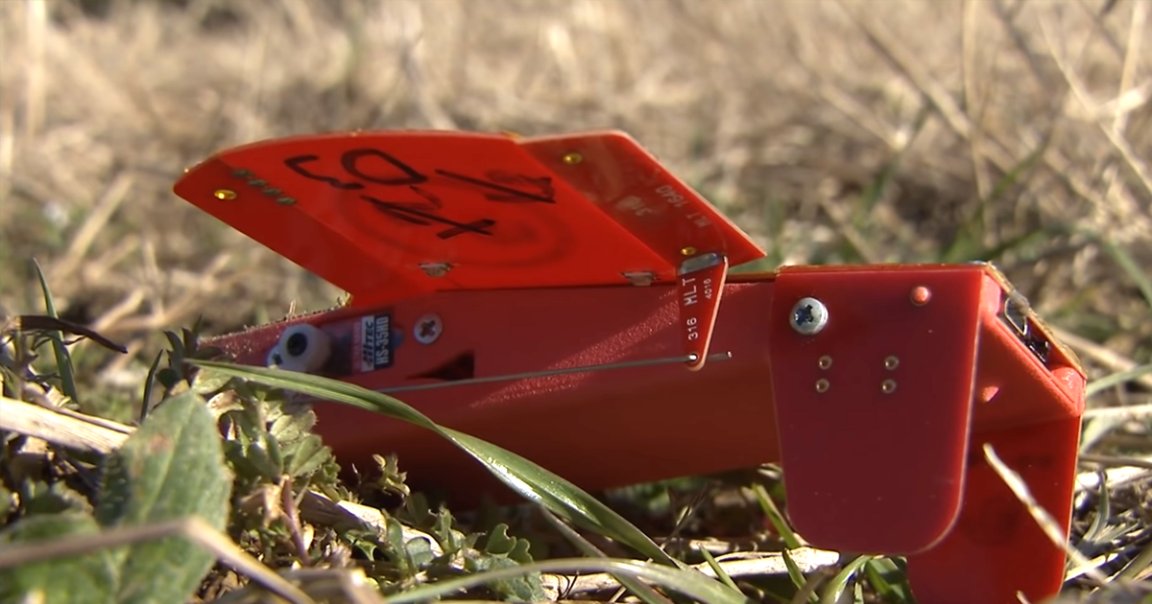
Bug Out
NASA just tested an insect-inspired swarm of drones — a host “hive” drone, each carrying 25 little “CICADAS” that detach from its underbelly to fly around and learn about the weather and atmospheric conditions.
Each little CICADA, per a video of a test flight shared by NASA on Thursday, is equipped with air pressure, wind speed, and temperature sensors, which activate as the tiny drones glide to the ground like confetti, steering themselves in circles as they catch drafts of wind — and heralding progress toward ubiquitous drone swarms that collect data as they fill the skies.

Benign Applications
The CICADA, which stands for “Close-in Covert Autonomous Disposable Aircraft,” was built by the U.S. Navy for purposes slightly more aggressive purposes than monitoring the weather, according to CNET.
“Cicada is a concept for a low-cost, GPS-guided, micro disposable air vehicle that can be deployed in large numbers to ‘seed’ an area with miniature electronic payload,” reads the Navy’s description of the CICADA, which goes on to describe them as tactical, flying circuit boards.
For now, we’ll settle for the little bugbots telling us how windy it is outside.
READ MORE: See NASA test a swarm of 100 US Navy Cicada drones [CNET]
More on drone swarms: This Attack Helicopter Can Launch Drones From Midair